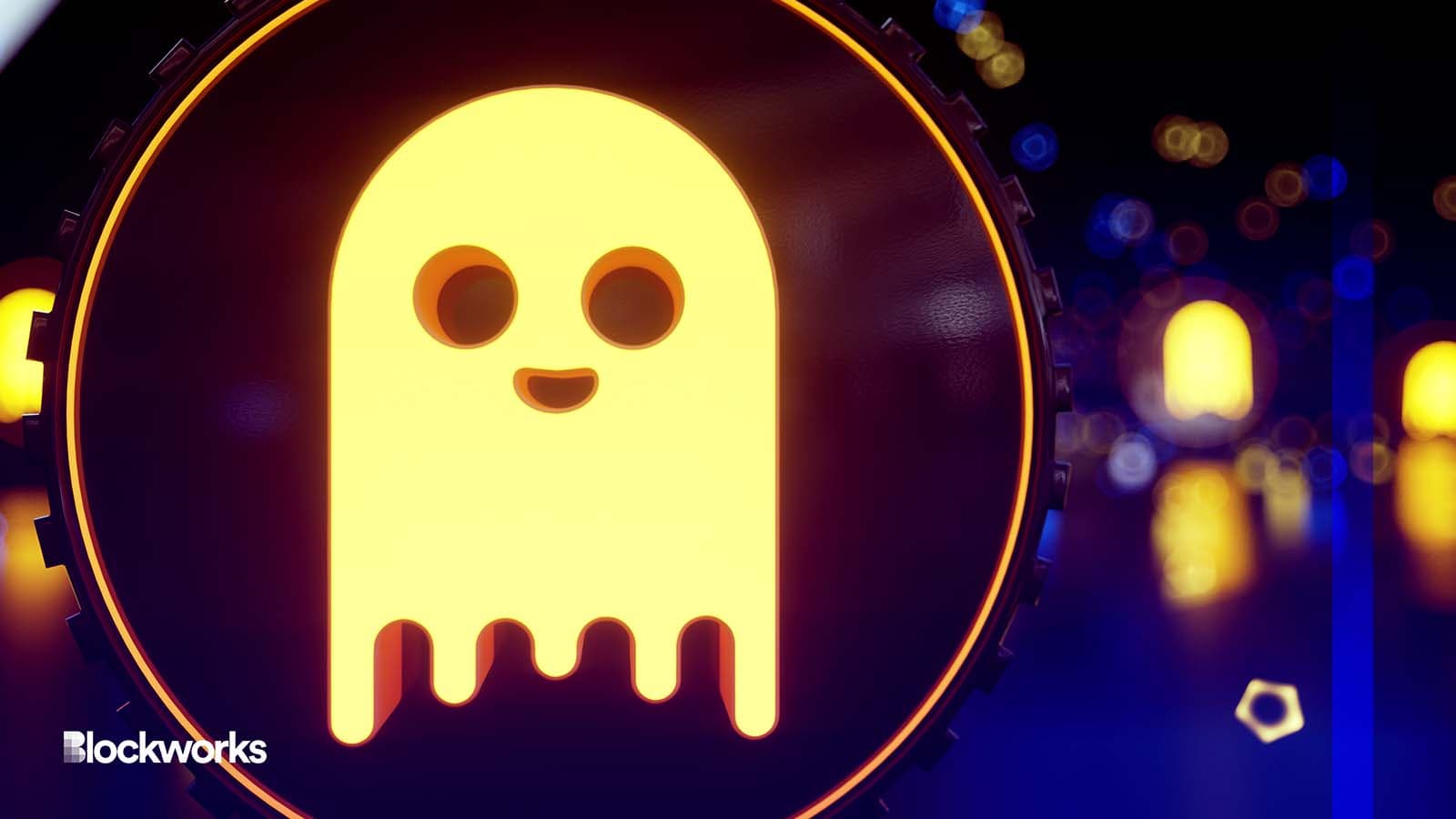Aave’s New Stablecoin Is GHO for Launch on Ethereum Testnet
The token can be borrowed from facilitators — which for now consists of just the Aave protocol governance team

Aleksandra Sova/Shutterstock.com modified by Blockworks
Open-sourced decentralized finance liquidity protocol Aave is deploying its native stablecoin GHO on Ethereum’s Goerli testnet.
Aave’s native token (AAVE) spiked by about 10% on the news, before retreating 5%, to change hands around $86 as of Thursday at 11:30 am ET.
The protocol has invited the wider Aave community and prospective integrators to start testing GHO and begin providing feedback on GitHub or an online forum.
The concept was first introduced by Aave Companies in July 2022 after it saw an opportunity for the Aave protocol to introduce a decentralized multi-collateral stablecoin into the market.
“Stablecoins are the backbone of the crypto economy and their usage will continue to grow as more people realize that non-custodial and smart contract-based systems bring unprecedented certainty and transparency into global finance, resulting in greater adoption,” Stani Kulechov, founder and CEO of Aave Companies said in a statement.
The GHO oracle price is fixed at $1. Transactions will be conducted on smart contracts, and information on minting and burning will be available on-chain.
So how do I mint the token?
GHO is designed so that users must supply collateral to be able to mint the token, which is subsequently burned once users repay their position. The AaveDAO treasury will receive any interest accrued by users who mint GHO.
“The introduction of GHO would make stablecoin borrowing on the Aave Protocol more competitive, provide more optionality for stablecoin users and generate additional revenue for the Aave DAO by sending 100% of interest payments on GHO borrows to the DAO,” the company said in a blog post.
GHO will also be introducing the concept of facilitators — usually a protocol or an entity— which have the ability to generate and destroy the stable token.
Facilitators must go through a vetting process by Aave governance and will be given an upward limit, dubbed bucket, which will facilitate GHO generation.
The first facilitator for GHO will be the Aave protocol, and users who wish to borrow GHO will have to request tokens from the protocol.
Next steps before mainnet
Still, a few steps still need to be considered before GHO will be implemented on the Ethereum mainnet.
The company will need to make changes to stkAAVE — and enable a discount to be applied to Safety Module participants (stkAAVE holders) when borrowing GHO.
Two more facilitators are also under review by community governance, and a Snapshot vote to greenlight them is in the works.
A research project designed to look into a GHO peg stability module (PSM) is in progress.
“We look forward to seeing community-based research on other exciting growth opportunities for GHO,” the company said.
Get the news in your inbox. Explore Blockworks newsletters:
- The Breakdown: Decoding crypto and the markets. Daily.
- 0xResearch: Alpha in your inbox. Think like an analyst.






